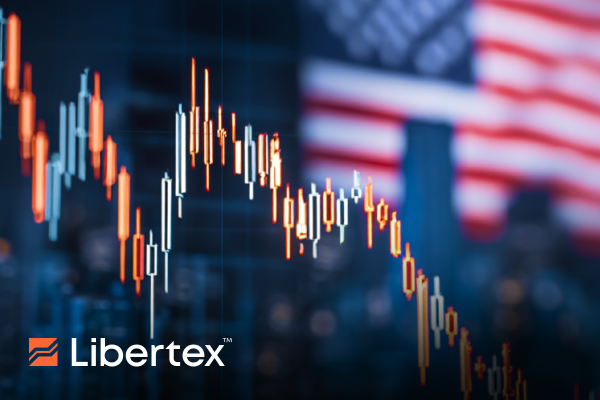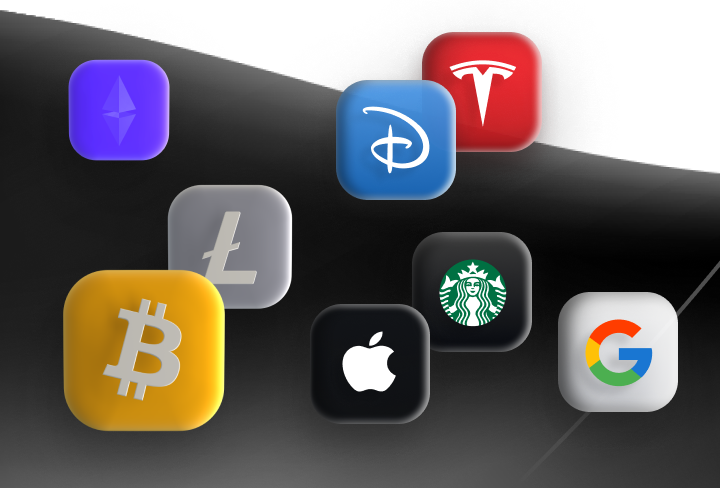After a bit of a blip in April following President Trump's unprecedented tariff spree, the US stock market has been on a seemingly unstoppable surge to ever-new heights. The movement seemingly totally disregards the economic and geopolitical uncertainty that began to intensify further in Q2 2025. In fact, over the last six months alone, the US's flagship S&P 500 and Nasdaq 100 indices have gained a whopping 35% and 45%, respectively, yielding significantly more than one would expect in a full year, even a very good one! When the Senate failed to agree on a new funding bill and the government was forced to shut down last week, the worry was that stocks would be among the first to suffer. However, far from crashing, US stocks posted modest but steady gains over the entire last week.
The reasons for this are multifaceted, but shifting Fed policy and record levels of stock ownership are among the strongest factors. Couple this with sticky inflation and the weakening dollar, and it becomes fairly clear why people are choosing assets over cash despite the high prices. In this article, we'll explore all of these key themes in more detail as we attempt to plot the course of the equities market into 2026 and beyond.
Shut down and carry on buying
While government shutdowns have been far from unheard of in recent years ‒ and their effects far from catastrophic ‒ this latest breakdown of the political system is a symptom of the wider division in US society. It is true that the stock market has managed to avoid short-term pain, but even Treasury Secretary Scott Bessent admits that it's inevitable that GDP will "see a hit" the longer the shutdown lasts. One silver lining to the political instability, at least for equities, is that any lingering uncertainty about whether the Federal Reserve will cut again on 29 October has all but been dispelled. On 8 October, the CME's FedWatch tool showed the probability of a 25-50 bps cut at the regulator's next meeting to be at 95%. That said, other data from CME Group suggest that Wall Street traders are largely expecting at least three more rate cuts by the middle of next summer.
This means that several rate cuts could already be "priced in", which would somewhat explain the fact that stock prices are now in excess of even dotcom bubble highs. However, it also reduces the potential gains ahead and adds risk in case cuts aren't delivered fast enough. Indeed, if we wish to see additional growth, FactSet analysts estimate that S&P 500 companies will need to record collective year-over-year EPS growth of 8%. While it's quite possible that these targets will be achievable, an all-time-high price multiplier above 3.25 times sales and Warren Buffett's favoured book value vs GDP growth indicator being at a lofty 217% have some investors proceeding with caution in case of a black swan event. And yet, inflation remains sticky, and the latest CPI figures for September show price pressure up to 3%, which is significantly above the target rate of 2%. Couple this trend with lower interest rates, and it's a recipe for real asset price growth.
Save your breath
The economic reality of today is a far cry from that of prior decades. A deadly cocktail of high inflation, lowish interest rates, an ailing dollar and a precarious labour market has led to the emergence of a K-shaped economy, in which those who can afford to buy assets get richer, while those who can only hold cash get poorer. With US consumer inflation expectations for the year ahead up to 3.4% in September, and interest rates potentially headed to 3.5% by as early as the end of this year, cash savings are neutral at best. And with the barrier to real estate investment higher than ever, this has translated to the highest stock ownership levels ever seen. According to Federal Reserve data, direct and indirect equities holdings, such as mutual funds or retirement plans, now account for an all-time high of 45% of households' financial assets, and that figure will only rise as the already weak dollar becomes even less attractive following the Fed's cutting cycle.
While this has given the market a valuable injection of liquidity, it does leave the stock market at risk of a major crash in the case of a deeper-than-average correction, which could lead less experienced retail traders to sell off en masse in a kind of "run on the bank" scenario. Not only would this magnify the impact of what might have been just a natural pullback, but it could also destroy confidence in stocks for the long haul, leading to a protracted bear market. That said, the lack of an alternative safe-haven investment besides gold for many ordinary investors, and even institutions, means that money will likely continue to pour into stocks for the foreseeable future, especially in a lower-rate environment.
Trade CFDs on stocks and more with Libertex
Libertex offers a vast CFD offering covering everything from metals, ETFs, and forex to indices, crypto and even individual stocks. Trade a wide range of CFDs on underlying US-based indices like the S&P 500, Nasdaq 100, and Dow Jones Industrial Average and enjoy competitive terms and conditions. For more information or to create an account of your own, visit www.libertex.org/signup today.






